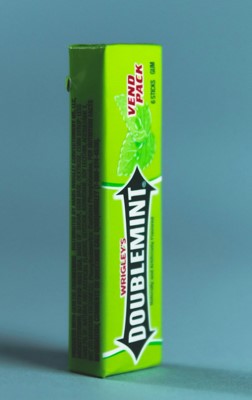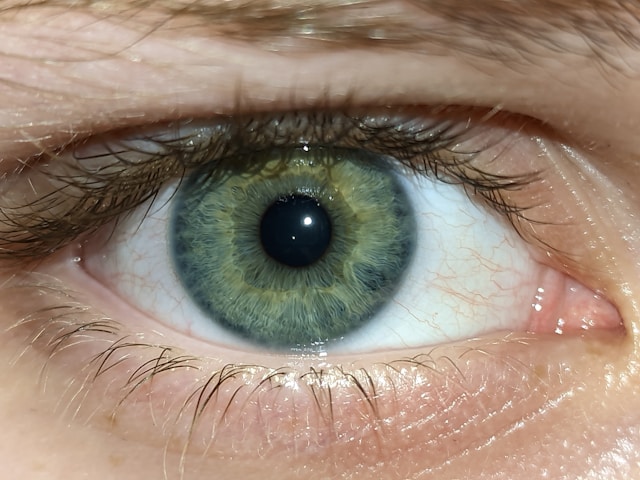When you pop a piece of gum into your mouth, you probably expect a burst of flavor and a refreshing sensation.
What you don’t expect is a dose of microplastics.
Yet, recent research presented by the American Chemical Society (ACS) reveals that chewing gum may shed microplastics into your saliva, potentially exposing you to these tiny, toxic particles with every chew.
Plastic is everywhere.
And many products we use in everyday life, such as cutting boards, clothes and cleaning sponges, can expose people to tiny, micrometer-wide plastic particles called microplastics.
Now, chewing gum could be added to the list. In a pilot study, researchers found that chewing gum can release hundreds to thousands of microplastics per piece into saliva and potentially be ingested.
What Is Chewing Gum?

Chewing gums are made from a rubbery base, sweetener, flavorings and other ingredients.
Natural gum products use a plant-based polymer, such as chicle or other tree sap, to achieve the right chewiness, while other products use synthetic rubber bases from petroleum-based polymers.
What Are Microplastics?
Microplastics are tiny plastic particles less than 5 millimeters in size.
They are found in everything from bottled water and cosmetics to seafood and even the air we breathe.
While the environmental impact of microplastics is widely known, their effect on human health is still being uncovered — and gum might be a surprising contributor.
How Do Microplastics Get into Gum?
Most commercial chewing gum contains synthetic polymers, which are essentially plastics. The chewy, elastic texture often comes from ingredients like:
- Polyvinyl acetate – also used in glue.
- Polyethylene – found in plastic bags.
- Butadiene-styrene rubber – used in tire manufacturing.
As you chew, the friction and moisture release microplastic particles into your saliva, allowing them to enter your digestive system. The long-term effects of consuming microplastics are still being studied, but experts warn they could potentially cause inflammation, disrupt hormones, and even affect gut health.
What the Science Says

In the recent ACS study, researchers used advanced analysis techniques to detect and measure microplastics released during gum chewing. Their findings showed that:
- Microplastic particles were detected in saliva samples after chewing certain brands of gum.
- The quantity and size of the microplastics varied depending on the gum’s ingredients.
- Frequent gum chewers could unknowingly be ingesting microplastics on a daily basis.
Why It Matters: Potential Health Risks
While the full health effects of microplastic exposure are still under investigation, emerging evidence suggests they could be harmful:
- Gut Health Disruption: Microplastics may alter the gut microbiome, leading to inflammation and digestive issues.
- Toxin Carriers: Microplastics can absorb and transport harmful chemicals, which may increase your exposure to toxins.
- Cellular Damage: Lab studies have shown that microplastics can cause oxidative stress and inflammation in human cells.
Conclusion: Think Twice Before You Chew
While gum may seem harmless, it could be delivering an unexpected dose of microplastics into your body. As awareness grows, it’s worth considering healthier alternatives or choosing brands that prioritize natural ingredients. By making informed choices, you can protect your health and reduce your exposure to microplastics — one chew at a time.
Looking for more tips on avoiding hidden toxins in everyday products? Subscribe to my newsletter for wellness insights and expert tips! HERE





























